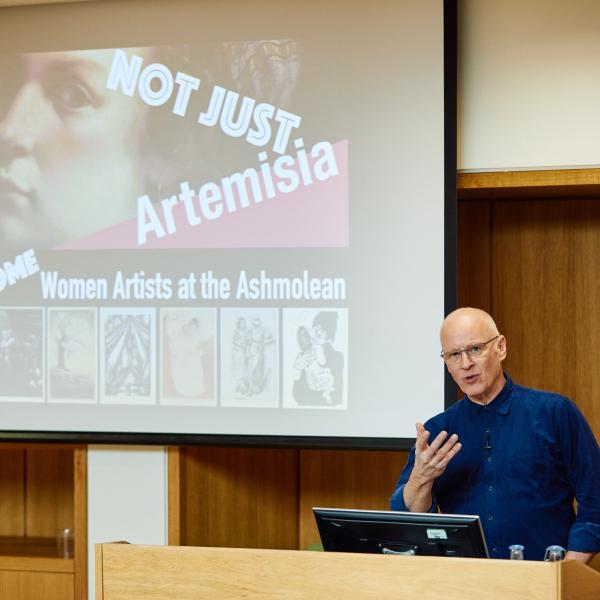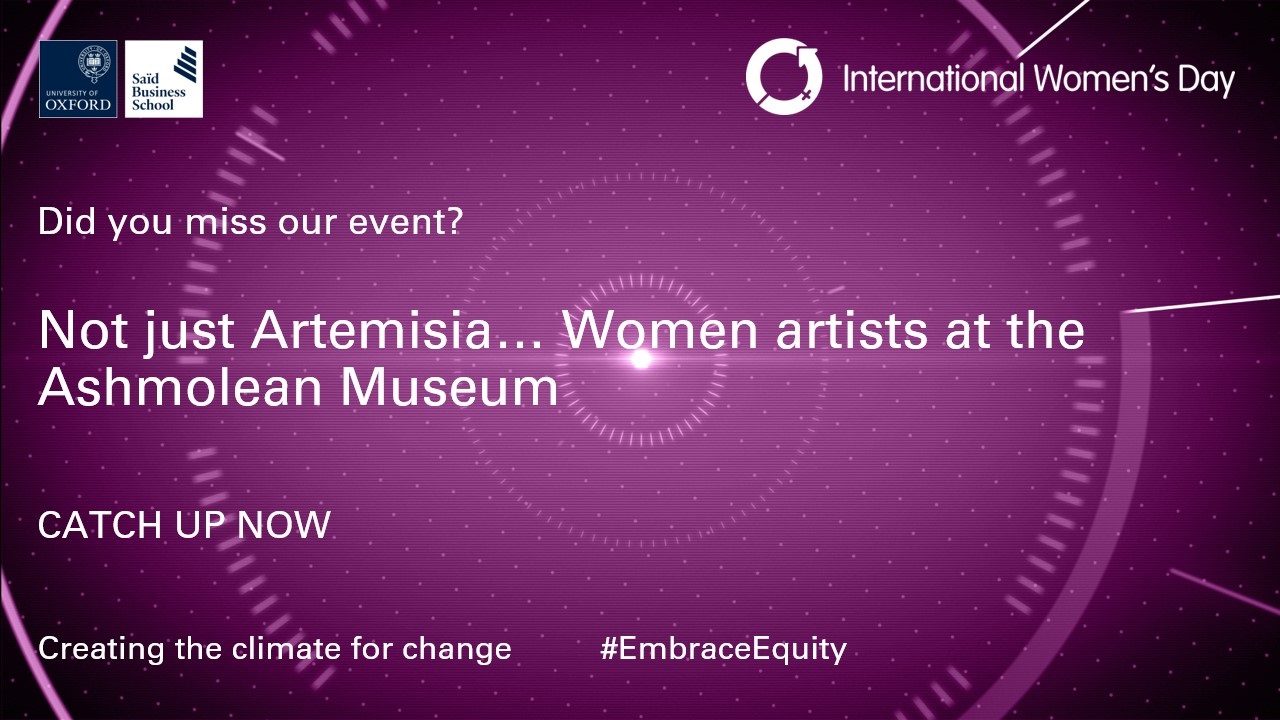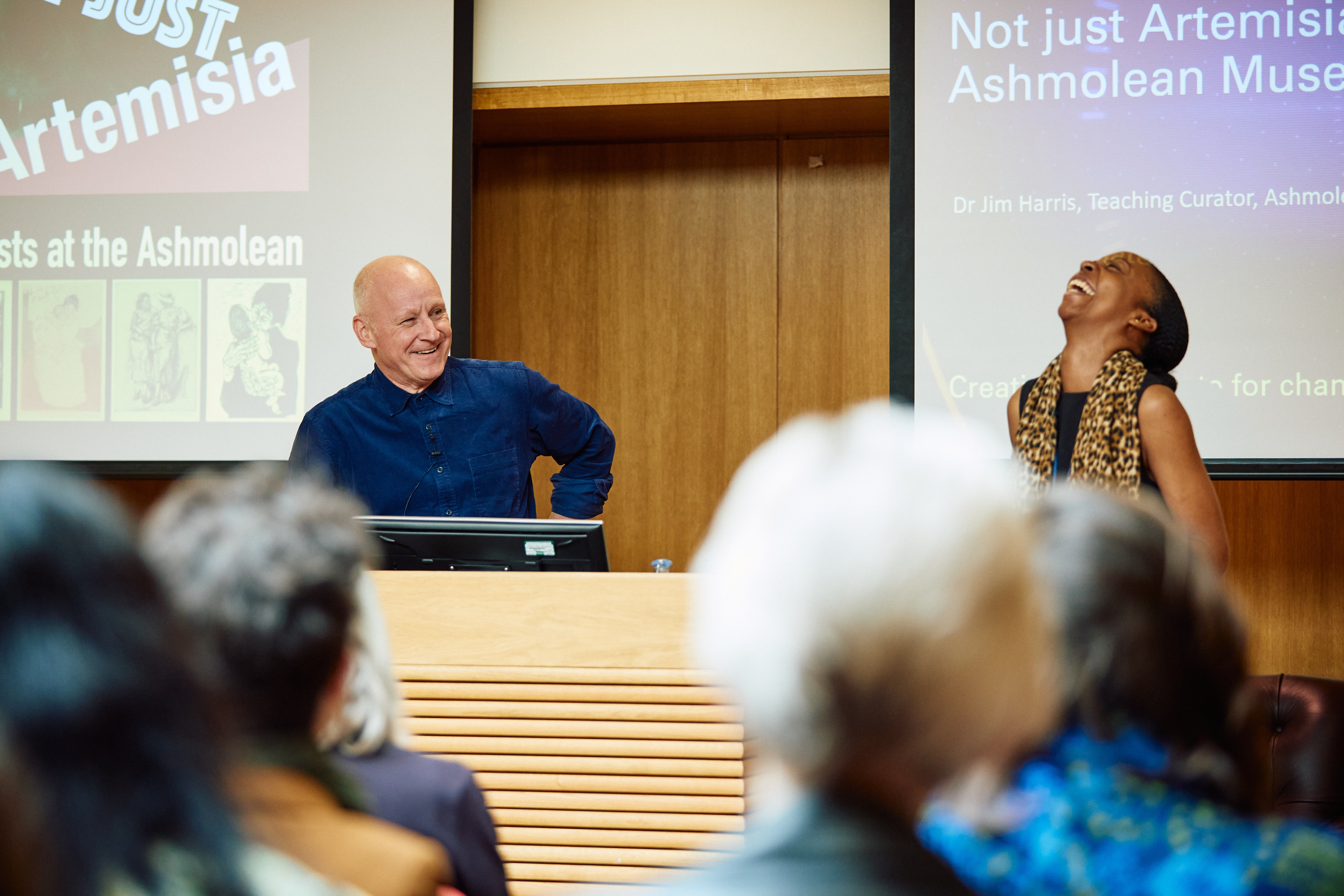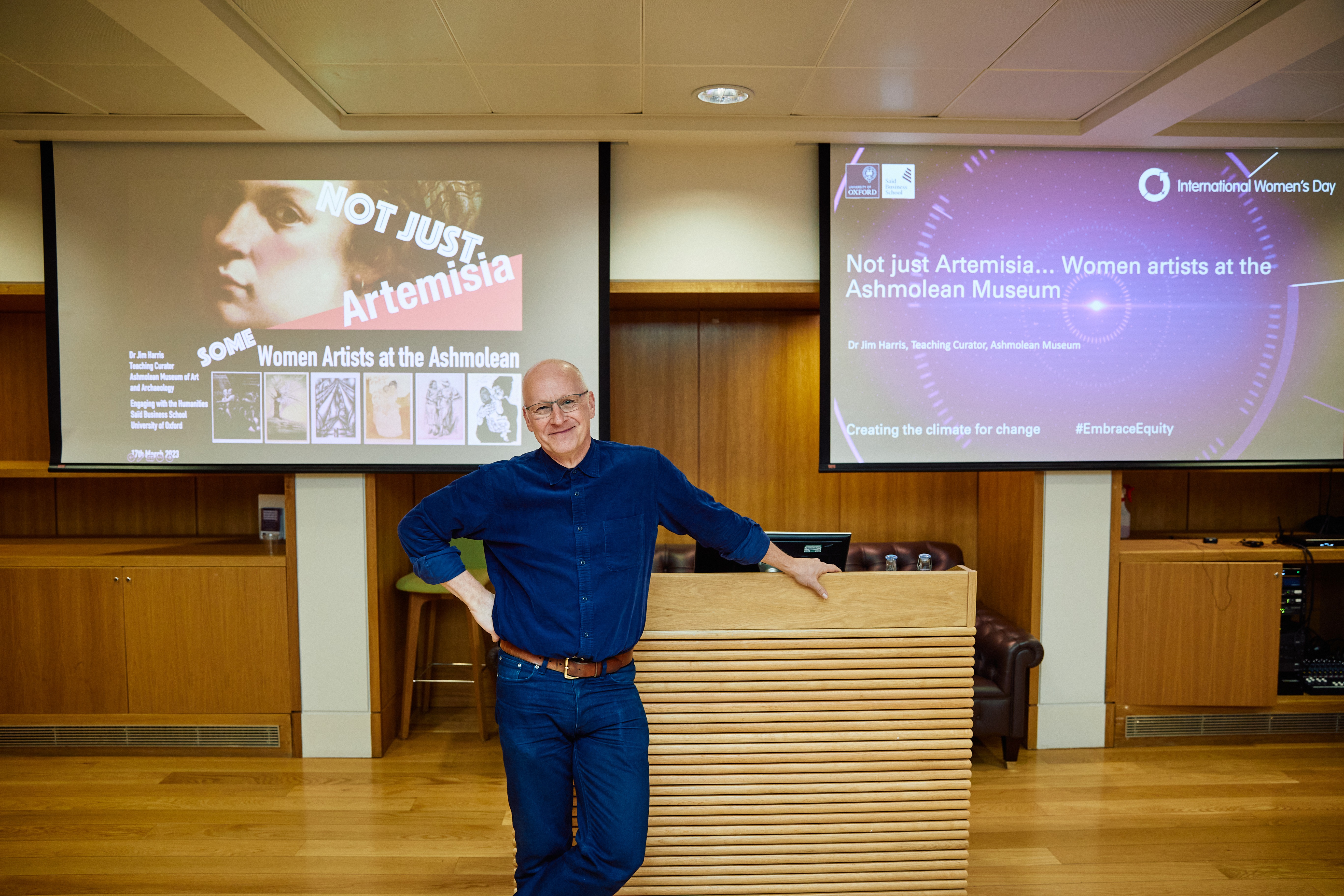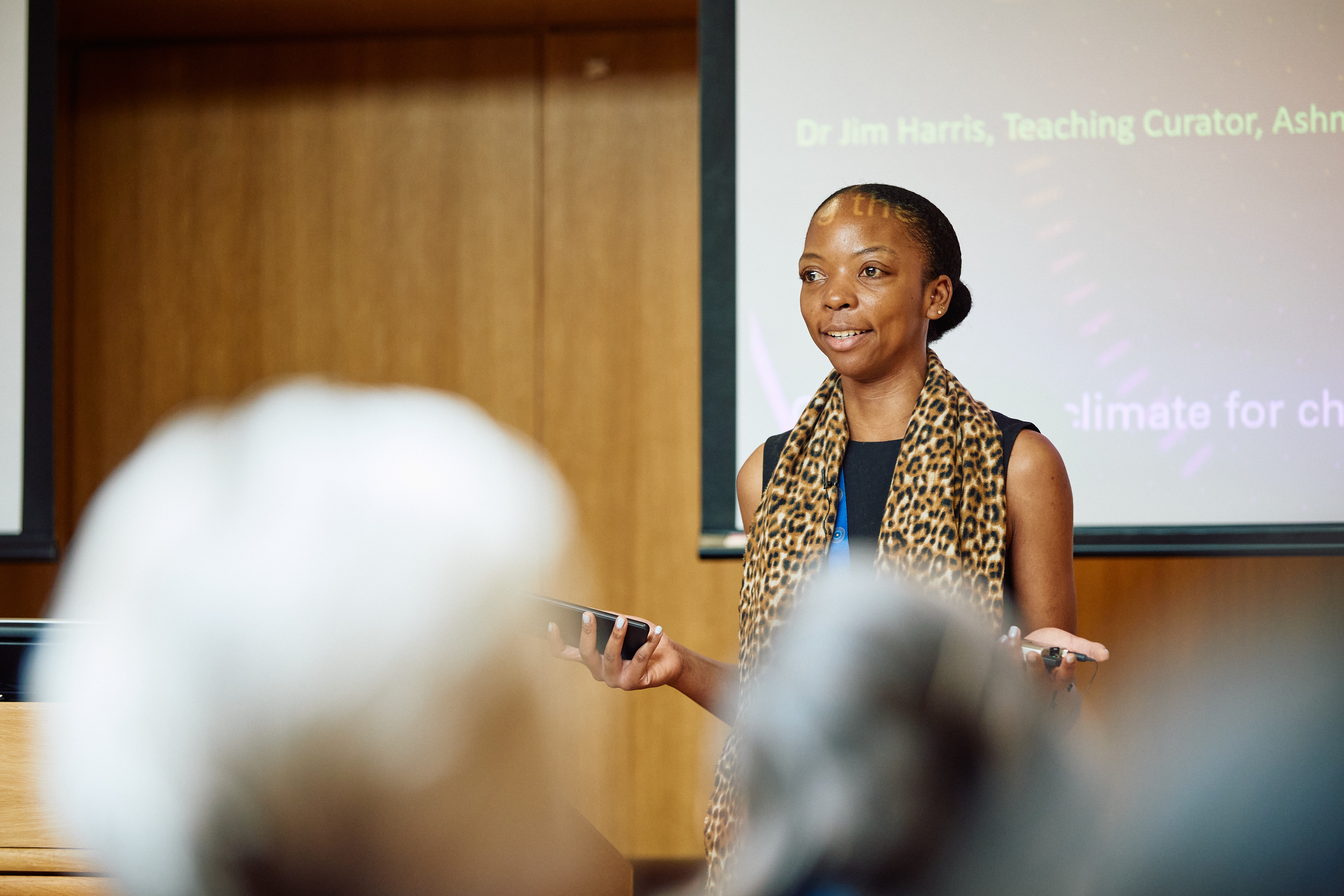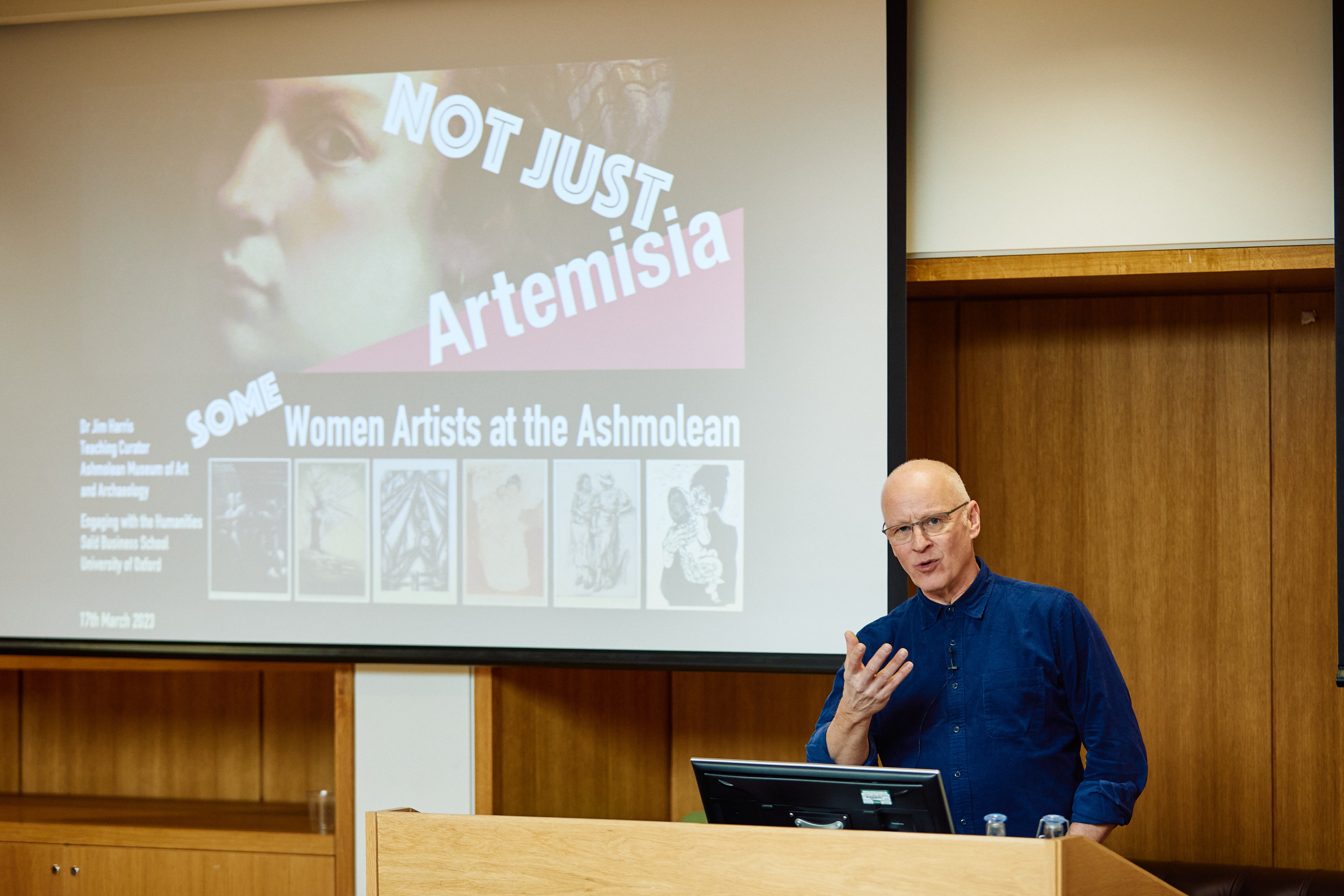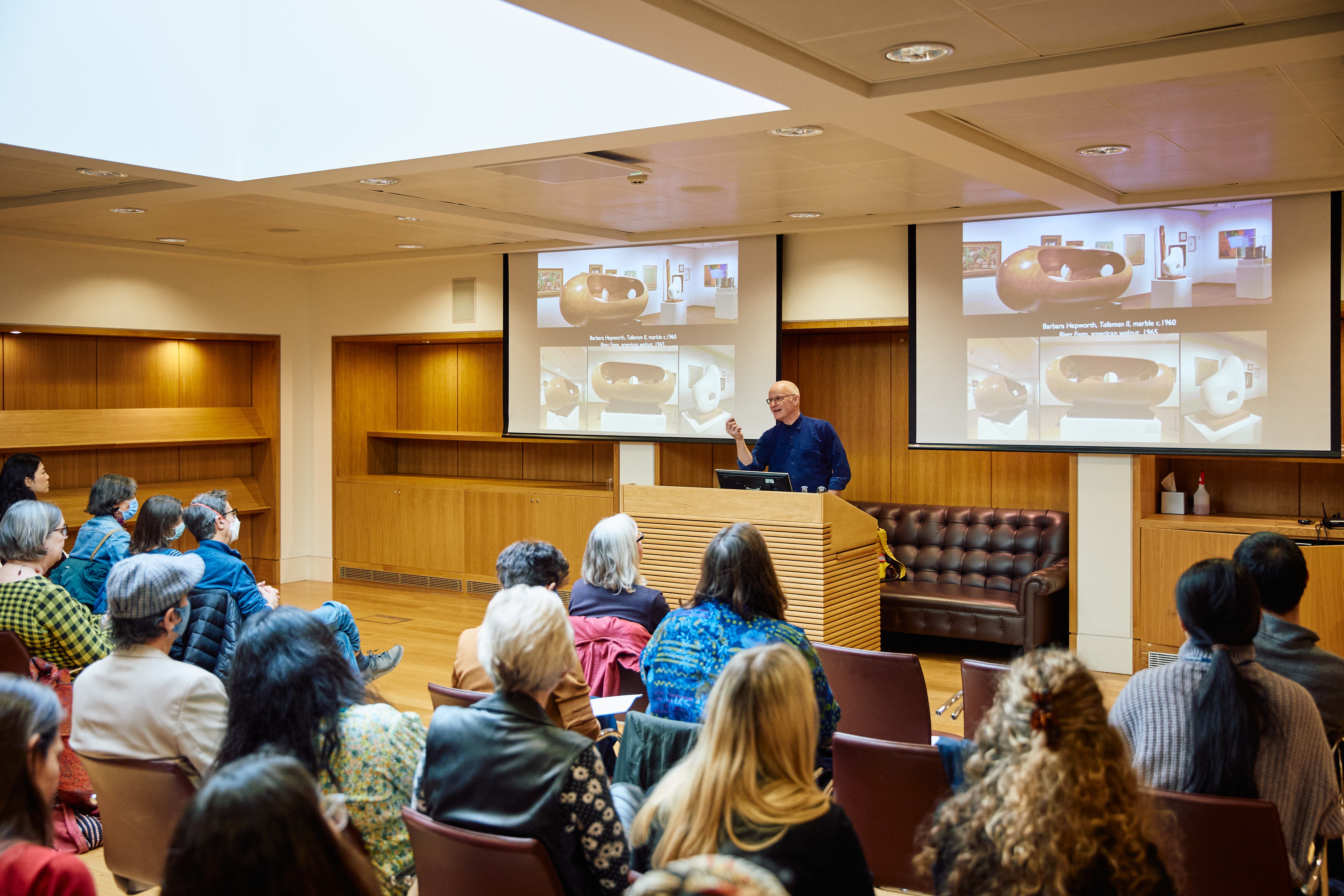Engaging with the Humanities
‘We need to talk about women artists as artists, as individuals, as protagonists in the wider story of art.’
Typically denied proper training and admittance to artistic institutions and guilds, and referred to (if at all) only in relation to the men around them, the few women artists we know of in the history of Western Art have been largely ignored – even in the 50 years since Linda Nochlin’s 1971 essay, ‘Why have there been no great women artists?’
MBA student Anita Muoki introduces this thoughtful talk in the Engaging with the Humanities series for International Women’s Day, in which Dr Jim Harris, Teaching Curator at the Ashmolean Museum, Oxford, suggests some answers to Nochlin’s question – while also introducing us to a range of extraordinary women artists, some well-known but most not, represented in the Ashmolean.
- Many were refused formal training because they were women, but went ahead and became artists anyway (Elizabeth Sonrel).
- Many succeeded because they were part of a family business focused on art, and were supported by their fathers and brothers (Maria Faydherbe).
- Or because they came from a highly privileged background, which enabled them to follow their passions (The Honourable Anne Seymour Damer).
- Some supplemented their artistic gifts with a strong entrepreneurial streak, or with a talent for teaching (Hester Bateman and Eleanor Fortescue Brickdale).
- And some are only now beginning to escape from the shadow of husbands and brothers and the male networks surrounding them (Barbara Hepworth and Gwen John).
An intriguing point that emerges is the role of the Federal Art Project (1935‒1943) in the USA, a New Deal programme sponsored by the Works Progress Administration to give work to unemployed artists during the Great Depression of the 1930s. Substantial government funding, unusually, found its way into the hands of women as well as men.
While Harris argues that museums should continue to privilege the work of women artists, simply because they have historically only privileged male artists, he is wary of creating a ‘category’ called ‘women artists’: ‘We need to start thinking about women artists as artists: that is to say we think about them and their work and their biographies and the worlds in which they moved in just the same way that we think about or have thought historically about male artists.’
